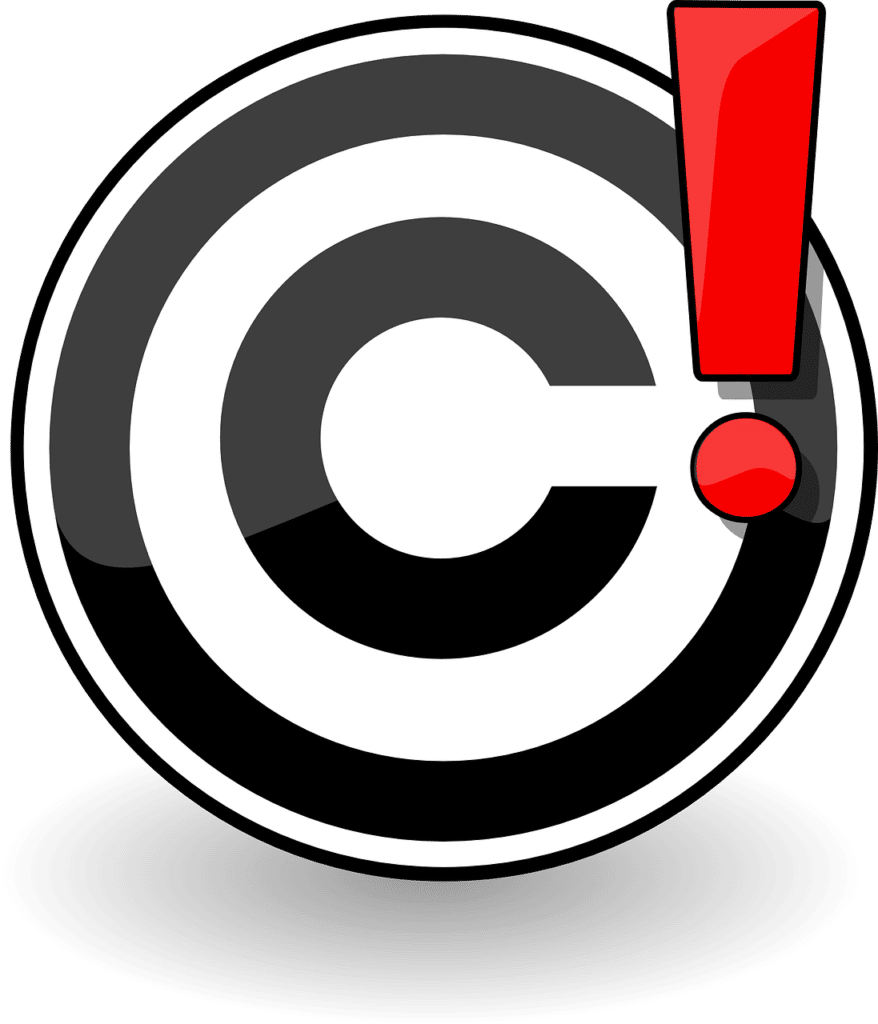There seems to be a dichotomy when it comes to different media and how they are publicly performed in the Copyright Act in the United States.
Why?
In any medium, the public performance of a copyrighted work without permission or a license is copyright infringement as it violates one of the “bundle” of rights of copyright.
Unless you’re a musician – you can record a song and perform that song that is authored and whose copyright is owned by another. However, there are still roadblocks to this exception.
You can publicly perform the song that is written by another composer. How is that different than reading a book in a YouTube video?
Let’s start at the beginning. To prevail on a claim of copyright infringement based on an unauthorized public performance, a plaintiff must establish: (1) originality and authorship; (2) compliance with all formalities of the Copyright Act; (3) plaintiff’s ownership of the copyrights at issue; (4) defendant’s public performance of the compositions for profit; and (5) defendant’s lack of authorization for the public performance.
In other posts on this website, we have seen what it takes to prove copyright infringement. In a situation such as this, there are the extra two hoops to jump through: that the defendant’s public performance of the compositions are for profit; and that the defendant’s have a lack of authorization for the public performance.
In one case, The first three elements are established by the declaration of BMI’s assistant vice president of legal affairs, Hope M. Lloyd, which states that the music publisher plaintiffs own each copyright implicated by this lawsuit, and have granted BMI the right to publicly perform the compositions and to issue public performance license agreements to music users. Attached to Lloyd’s declaration are copies of the relevant certificates and assignments, which set forth the names of the authors and publishers of each song, the date of copyright registration, and the registration number. These documents constitute prima facie evidence of the validity of the copyright and of the facts stated in the certificate. The Certificate of Registration is prima facie evidence of the copyrightability of the work and the validity of such copyright, shifting to the defendant the burden of proving the contrary.
After that, all it takes is an eyewitness testimony that the music was played or performed and that money was exchanged for it. As to the “for profit” requirement, this element is satisfied as long as the venue was established as a profit-making enterprise, and some nexus may be found between the performances and the general business of defendants.
Section 115 of the Copyright Act – 17 U.S.C. § 115 – sets up a “forced cover” or a “compulsory license” for recorded music.
These compulsory licenses allow third parties to copy, perform, or distribute certain types of works without the copyright owners permission, in exchange for which the third parties must pay a predetermined royalty amount.
These compulsory licenses are extremely limited, and apply in only five circumstances:
- the production of new sound recordings based upon an existing nondramatic musical recording;
- the performance of a nondramatic musical recording in a jukebox;
- the simultaneous retransmission of television signals by cable television operators;
- the performance, display and recordal of certain works by public broadcasting entities; and
- a temporary right to retransmit television signals via satellite to household satellite dishes.
The key to this is the first bullet point – the production of new sound recordings based upon an existing nondramatic musical recording.
Once a compulsory license is issued, the licensee must make monthly royalty payments to the copyright holder. See 17 U.S.C. §§ 115(c)(2), 115(c)(5). A licensee’s failure to pay royalties, however, does not result in her license terminating automatically. Instead, § 115 puts the burden on the copyright owner to “give written notice to the licensee that, unless the [licensee’s] default is remedied within thirty days from the date of [notice of default], the compulsory license will be automatically terminated.” § 115(c)(6). Once a rights holder terminates a license, the licensee becomes liable for all production or distribution for which it did not pay a statutory royalty. In the words of the statute, “termination renders either the making or the distribution, or both, of all phonorecords for which the royalty has not been paid, actionable as acts of infringement.
In practice, questions about how § 115(b) operates are largely academic. Most record companies do not make use of the process outlined in the Copyright Act, but acquire licenses from publishing companies or publishing clearninghouses like ASCAP or BMI, which is authorized to issue mechanical licenses on behalf of the major U.S. music publishers. Licenses issued by these companies do not, however, alter the basic rights and obligations of the licensee under § 115. Thus, the net effect of the involvement of publishing companies or clearinghouses in the licensing process is to streamline the procedures created by the Copyright Act, with the statute acting as a “ceiling” on the price a copyright owner may charge for a mechanical license.
In 2020, this royalty is 9.1 cents or 1.75 cents per minute of playing time or fraction thereof, whichever amount is larger for every “cover song” that is sold (physically or by digital download). In 2020, 37 CFR 385 contains the complex formula for how to calculate how much money a “cover song” should bring to the copyright owner in a public performance.

